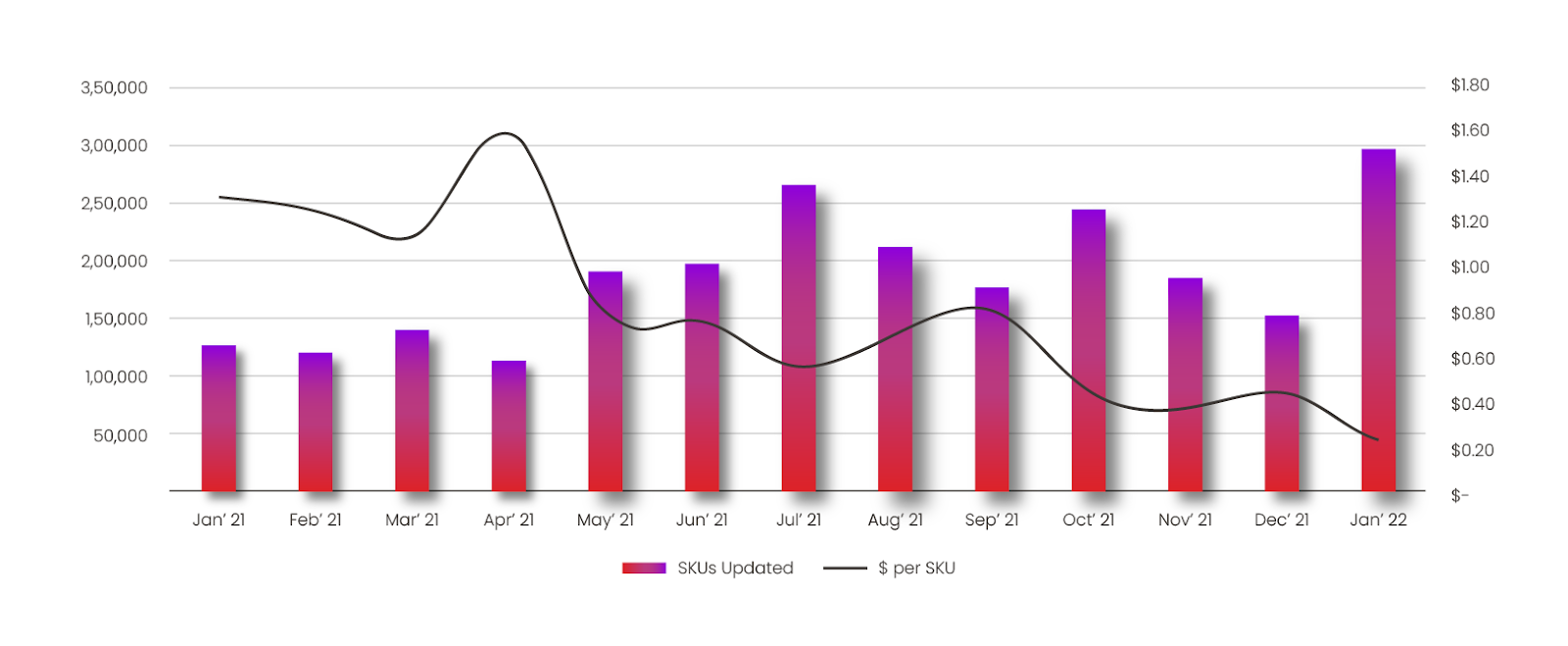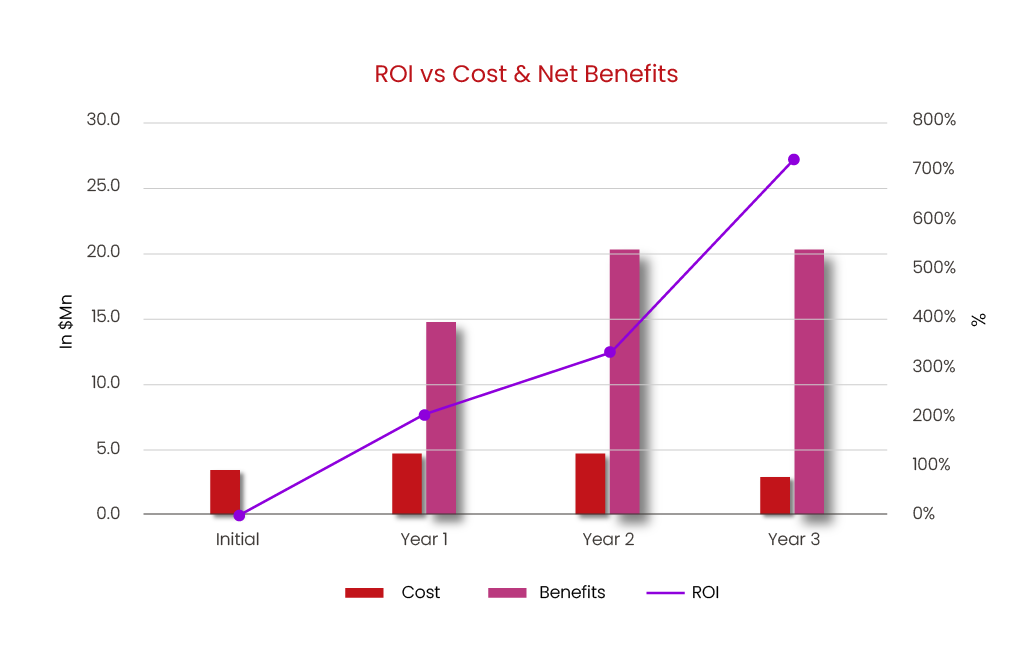Managing high quality product data is critical to offering a personalized experience across all customer engagement and shopping channels. A comprehensive Product Information Management (PIM) system is key to efficiently manage the product information based on the evolving market demands. A PIM system serves as a central hub for organizing, enriching, and managing product information and content to distribute it to marketing, sales, and e-commerce channels.
WHAT ARE THE COMMON CHALLENGES IN PRODUCT ENRICHMENT PROCESS?
Inadequate management of product information can lead to loss in sales. This can significantly impact your revenue and growth potential. A right PIM solution can address some of common challenges faced in a product enrichment processes:
No Centralized View of Product Data:
The absence of a centralized system for product data complicates the review process. Data from various sources like customers, suppliers, manufacturers, internal systems, and spreadsheets are often handled in multiple and isolated approaches. This fragmented process makes it challenging to gain a holistic view of the product landscape.
No Consistent Data Across Channels:
Managing data scattered across multiple systems in diverse formats is time-consuming. Catering specific product information to different customers based on their requirements becomes an overwhelming task. The lack of consistency in product information not only undermines brand integrity but also results in a dissatisfied customer experience across different channels.
Poor Product Data Accuracy:
Inaccurate and inconsistent data, paired with manual processes, compromises the reliability of product information. Factors like inconsistent data field values, lack of automated checks for profanity and grammar, and absence of enriched product data contribute to unreliable and untrustworthy information. Consequently, this leads to increased drop-off rates and dissatisfied customers.
Low Team Efficiency:
Manual processes without defined workflows hinder operational efficiency in the product enrichment process. The absence of reliable quality control tools makes error tracking challenging and lacks accountability in case of inconsistency.
SOLUTION OVERVIEW
Product Information Management (PIM) solution offers a comprehensive platform designed to address related challenges and optimizes product data management processes. An ideal PIM provides you control of your data, freeing up valuable time for core tasks. By centralizing and streamlining the organization, enrichment, and distribution of product information, following are some of the business benefits that can be achieved:
• Enhanced Data Accuracy and Consistency
• Faster Time-to-Market
• Seamless Multi-channel Distribution
• Data-driven Decision-making
• Improved Operational Efficiency and thereby reducing your cost per SKU.

Source: Akeneo
Examine what a PIM actually is, what are the challenges without PIM, various features offered by a PIM and what benefits you can derive by leveraging it.

Source: Akeneo






